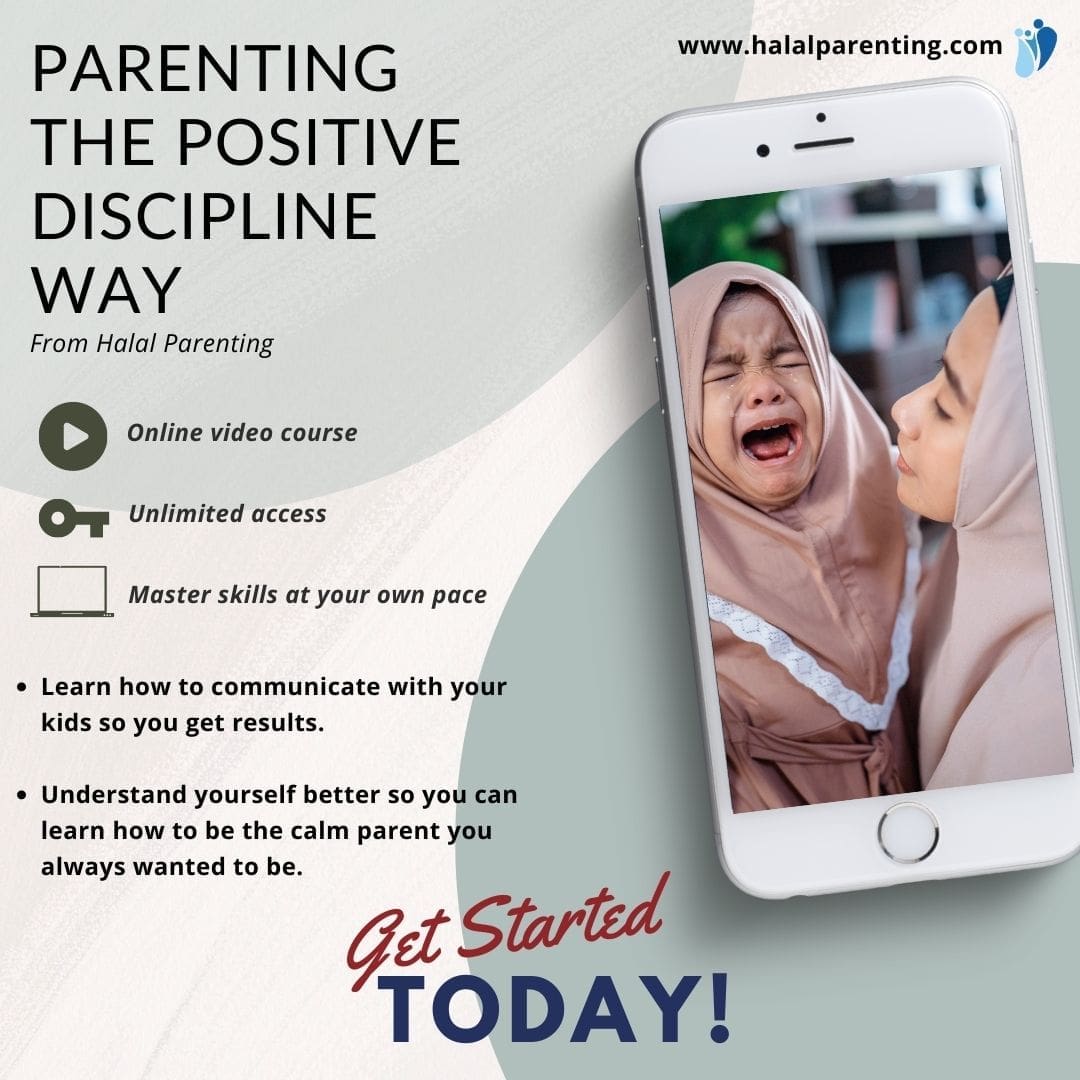How To Talk To Kids About Race and Racism

Tensions over race are at an all-time high in this country. Too many unarmed civilians, disproportionately African Americans, have been targeted and murdered by those who are charged with establishing law and order. Not only does each incident raise the level of tension and anger in those who demand justice, but it also brings the topic of racism to the forefront, and whether we are ready for it or not, we must have these conversations with our kids.
Yes, these conversations can be tricky, and there’s no one correct way to do this. The way you talk to your kids about race depends on your particular circumstances – your socioeconomic class, the community you live in, and your own personal experiences. There are no ‘quick tips’ or universal advice on how to navigate these discussions. You have to decide for yourself what makes the most sense for you and your family.
What’s important is that this conversation MUST TAKE PLACE not just once, but frequently – as situations change, as your children grow, as you make sense of it all. Read on if you’re curious about how to get this conversation started.
Don’t sweep it under the carpet
How to bring up the topic of race
Some families have an easier time approaching and bringing up the subject of race and incorporating it into their daily lives, while others have a hard time thinking about it, so don’t bring it up at all. This is dangerous because kids are learning and hearing about race from their peers, social media, tv, and their friends, whether their parents are talking to them about it or not.
Isn’t it better to be color-blind?
Many well-intentioned parents feel they’re doing a good thing if they don’t bring up other people’s skin color and give their children the message that Allah made all of us, and we are all equal, hoping to raise their children to be color-blind.
But kids as young as 3 years old can notice differences between people – including the color of their skin, just as they’d notice other physical differences such as hair length, glasses, etc. As these young children are learning how to categorize shapes, they learn to do the same to people too. If you are telling your kids that racism is a thing of the past and that today everyone is on a level playing field, it’s just hard work that separates those who succeed and those who don’t, you need to understand that the very real racial bias and discrimination that exists today will be interpreted by young children as normal and justified.
Instead, parents need to let their kids know that people of all shades ought to be acknowledged. Understanding the community that you are raising your family in is a crucial first step in talking about the different races that fill their landscape. Such early discussions can include how some people are sometimes treated unfairly because of the color of their skin and the prejudices that people have towards people of different races. You’re not solving any problems for your children, but by having these discussions, you are preparing your children to be self-aware, humble, grateful, smart, and safe.
Be the example
Step out of your comfort zone
How comfortable are you talking about race with your spouse and your friends and family? When you find yourself outside of your comfort zone, make it a point to educate yourself. Learn what you can so that you can bring that knowledge back to your family and help elevate your collective awareness. When we surround ourselves with people who look like us, it becomes more difficult to build a bridge and learn more about people around us who are different. The important point here is to understand that people have different perspectives than our own, neither is right or wrong, just different. Listening to those perspectives can foster understanding and break down barriers.
Send the right message
Teaching your children to seek out friends who have a good heart is a very different message than telling them to make friends with people who like the same things they do. The first message can open whole new worlds for them and encourage them to establish relationships and connections with people of various backgrounds.
But before you give this message to your kids, check yourself. Are your friends diverse or do they all look like you and have similar backgrounds? While many masajid are mash’Allah quite diverse in the West, how many of us make friends and socialize only with those with a similar background and culture as ourselves? As with everything we tell our kids – we have to walk the walk – kids notice more what we do than what we say, so our actions will speak much louder than our words.
Answering their questions about race
Be prepared
This path to socially enlightened children means that they will have questions – a lot of them. We want to encourage their curiosity but keep their questions respectful, especially since younger children will find it harder to hold their questions and wait until an appropriate time to bring them up. So when your young child asks you at the park why someone looks the way they do, don’t shush them. It signals to your child that there’s something wrong and it shuts down the conversation.
Their questions are totally innocent and don’t have any racist undertones – they are genuinely curious, so don’t assume that anyone who overhears your conversation with your child will be offended. Instead, ask them to clarify, “what do you mean?”
Draw from your own experiences
How many hijabi moms have experienced this? Probably every single one. Young children have stared at the scarves and studied the faces of hijabis for several minutes before deciding to ask their mom. And many of us are happy to engage and have that conversation with youngsters and their moms, but sadly too often, those kids are ‘shushed’ and all that’s left are stares.
Feel your way
Let’s not make the same mistakes with our children – answer questions about why that lady’s eyes are a different shape, why the little girl’s hair is super curly to the best of your ability. If you’re not sure – say so. It’s perfectly acceptable to tell your children that you don’t always know the answers. This way, your kids will learn the importance of admitting when you’re uncertain about something, but also keeps the conversation flowing in a positive direction. It also gives you the opportunity to revisit the question later.
Stay open
Keep the doors to communication open – as long as we do that, our children will feel comfortable coming to us with whatever questions they have about the world around them.
It’s not fair
Fairness matters greatly to kids, and in explaining the concept of racism, it can be easy to explain the injustices that some people experience. If you’re a parent who worries that introducing the concept of racism can be scary or damaging, understand that rather than staying silent, it’s important to empower children. A part of having a responsible conversation with your kids is to explain to your children that “even though there’s a lot of unfairness, there have always been people who have worked hard to change things, and we can be part of that movement too.”
We’re still learning too
Understanding what racism is and why it’s important to acknowledge what makes us different is a great foundation for our kids, but our work is not done yet. How do they take this knowledge and apply it to the real world? When they encounter micro-aggressions will they recognize them and know if and how they should respond? In truth, very few adults know how to successfully navigate this minefield, and it won’t do any harm to let our kids know that we struggle too, but we keep trying to do better.
Teach curiosity
If someone says something to your child that offends them, prompt them to ask “Tell me more…”
Opening the doors to communication can give the offender a chance to explain their point of view and for your child to clear up any confusion.
Encourage problem-solving
If your child comes home upset about something racist or offensive that they heard, remind them that “it’s not your job to educate your classmates about race,” and ask them how they want to handle it. Focusing on how to get their needs met teaches kids how to resolve issues and move on.
Prepare your child to admit when they’re wrong
What if your child is the one who says the wrong thing? Even if their intention was innocent, but something they said was negatively perceived by their classmate/peer, stress that the important thing at this point is to listen and try to understand why the other person was offended and then offer a sincere apology, such as “I am so sorry, I didn’t mean to offend you. What can I do to make sure I don’t make the same mistake again?”
These are all learning experiences that help us grow.
Be mindful of your own implicit biases that you hold towards certain communities. Be honest with yourself if/when you have these thoughts and do your best to address them. If you feel comfortable, discuss them with your children (in an age-appropriate way). It doesn’t make us bad people, just people who are trying to improve and self-awareness is the first step. Once we own it, we have the power to deal with it and can use this teachable moment to tell our kids what we are doing to overcome this bias.
Parent Toolkit expert and Director of Social Engagement for iCivics, Amber Coleman-Mortley says the only way to really talk about race and racism with kids is by activating a growth mindset. She adds that “it’s really important for parents at home to impress upon their kids that humanity has to come first. We have to be okay with being vulnerable, okay with being wrong, and okay with challenging the things we’ve learned.”
It’s important now more than ever to keep having these conversations with our children and hopefully give them the tools and confidence to address the injustices around them.
Use evidence from the Qur’an and Sunnah
Humans place alot of importance in identity – where we belong. We divide ourselves into nations, sects, and tribes, and encourage pride in where we belong. This elicits feelings of superiority above other tribes, sects, and nations, and goes against the very teachings of Islam.
يَـٰٓأَيُّهَا ٱلنَّاسُ إِنَّا خَلَقْنَـٰكُم مِّن ذَكَرٍ وَأُنثَىٰ وَجَعَلْنَـٰكُمْ شُعُوبًا وَقَبَآئِلَ لِتَعَارَفُوٓا۟ ۚ إِنَّ أَكْرَمَكُمْ عِندَ ٱللَّهِ أَتْقَىٰكُمْ ۚ إِنَّ ٱللَّهَ عَلِيمٌ خَبِيرٌ
“O men! Behold, We have created you all out of a male and a female, and have made you into nations and tribes so that you might come to know one another. Verily, the noblest of you in the sight of God is the one who is most deeply conscious of Him. Behold, God is All-Knowing, All-Aware.”
[Surah Al-Hujurat, 49:13]
In Prophet Muhammad’s last sermon, he reminded us:
“All mankind is from Adam and Eve, an Arab has no superiority over a non-Arab nor a non-Arab has any superiority over an Arab; also a White has no superiority over a Black nor a Black has any superiority over a White except by piety and good action. Learn that every Muslim is a brother to every Muslim and that the Muslims constitute one brotherhood. Nothing shall be legitimate to a Muslim which belongs to a fellow Muslim unless it was given freely and willingly.”


